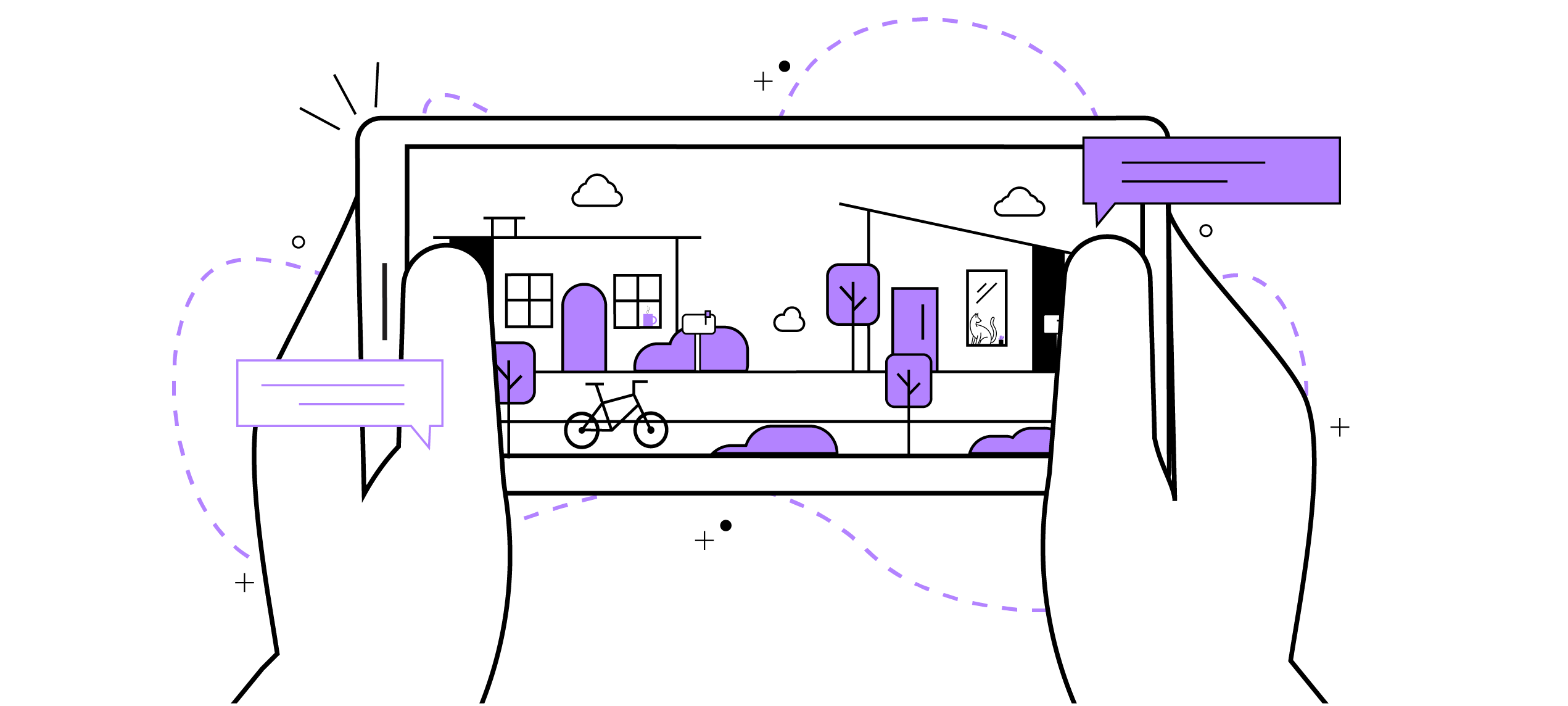Gen Z and Millennials are beginning to shape the future of apartment living. Learn about what that looks like and what to expect with future apartments.
Who are Gen Z and Millennials?
On paper, anyone born between 1981 and 1996 is considered a Millennial, and Gen Z is anyone born from 1997 to 2012. The oldest Millennials are now 41, and the oldest of Gen Z is 25. Feel old yet? These generations’ characteristics directly correspond to various historical moments, such as the economic recession, social and political environments, and, the most crucial part that we’ll discuss below, the rapid acceleration of technology.

How is Gen Z shaping the future of Apartment living?
As Gen Zers are now starting to graduate college and enter into the workforce, it’s imperative that property owners, operators, and staff prepare for the amenities and necessities they seek in order to attract and remain competitive. These individuals were born into technological innovation, and have been a part of significant advancements in security, convenience, and adoption.
Appealing to Gen Z and Millennial Renters
Facing the unfortunate reality that came with the COVID-19 Pandemic, the ability to work and learn from within the confines of your living space became an absolute necessity. As restrictions begin to lift, the demand for secure connectivity and reliability has remained vital. 40% of residents confirmed that property-wide WiFi connectivity is of interest to them, and 83% state immediate availability of internet connectivity is very important or absolutely essential (2022 NMHC Resident Preferences Report.) Owners and operators can also realize significant ROI from implementing this technology, by adding a recurring monthly fee to rent prices. NMHC states that residents would be willing to pay an average of $47.93 per month for internet access.
Along with WiFi, there has been increasing interest in smart home connectivity. These smart technologies include lights, thermostats, locks, leak detection, and AI-assistant integrations. Alexa, are you listening? Here’s an insider tip: as you’re evaluating top contenders for smart home tech to install within your community, make sure that these technologies can be available on one singular platform for your residents, rather than having them download multiple apps and services.
No pressure, but the need to future-proof your apartment community with smart technologies is now. Are you ready to fulfill the demands of Millennial and Gen Z renters? Quext is here to help.


